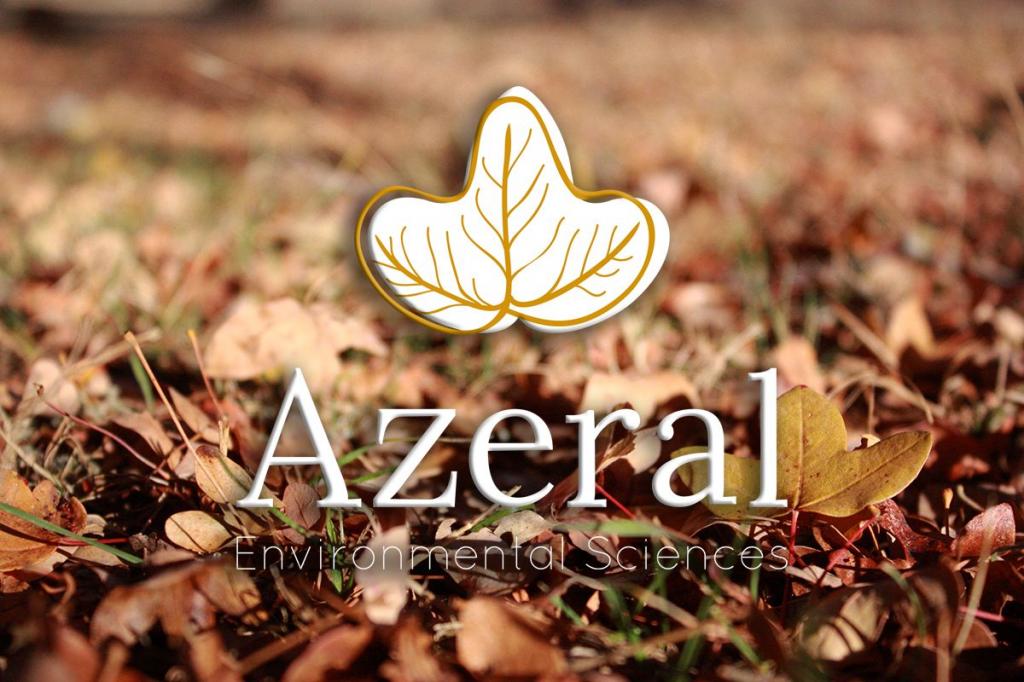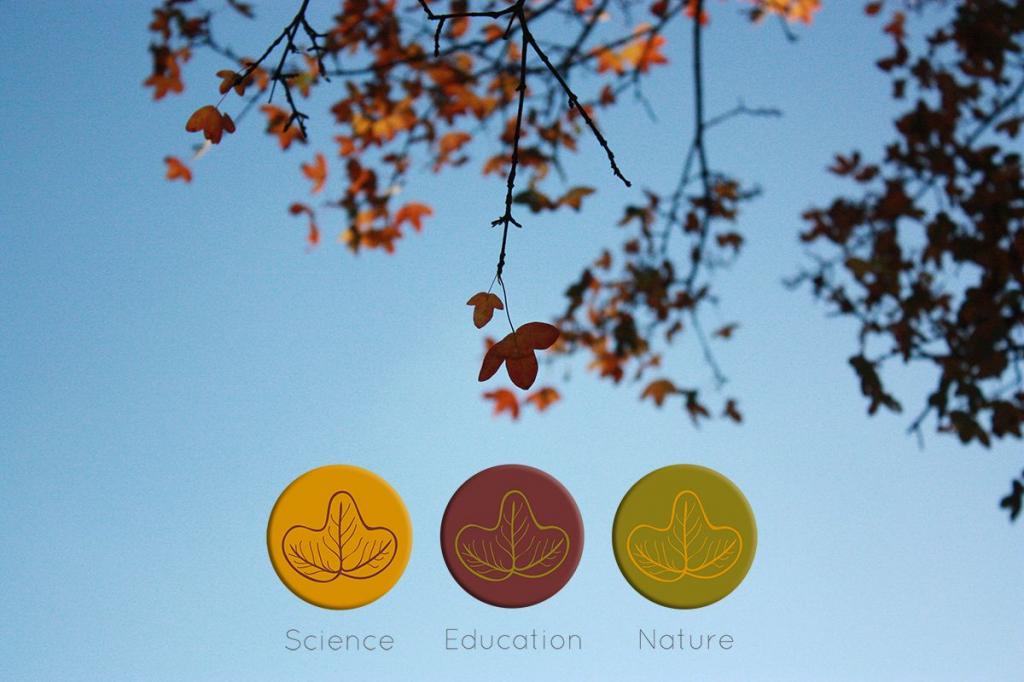Divulgazeral
What is an Azeral and what is it for?

Welcome to Azeral Environmental Sciences and Divulgazeral, our blog for scientific communication and discovery!
Just a few days ago, while we were thinking on the title of our introduction, we coincidentally found the Spanish movie “¿Para qué sirve un oso?” [What is a bear for?], which tells the story of two scientists, two brothers, with widely different views on life, the world of science and nature. Several messages encourage reflection on a range of topics, including the importance of a wildlife species like the brown bear in stopping the destruction of forests, and of sustainable development in preventing global warming; the need of changing our perception of forests to regard them rather as homes designed to educate, and of populating our lives with external concerns and interests; and the benefits of encouraging perseverance and demonstrating the advantages of teamwork.
We wanted, in our first post, to introduce ourselves. Firstly, because many people ask about the meaning of our name, Azeral. Secondly, because our professional interests may seem distant and unconnected –while it is not true at all– or even unknown. In this way, trying to answer the question “What is an Azeral and what is it for?” may be the best way to begin our story, regardless of Azeral’s origin and ways, somehow, are identified with the messages of the above-mentioned movie.
As it should be, the name of this enterprise is motivated by our passion for learning Nature’s lessons through science and their interpretation, and by our connection to where we come from: Cuenca (Spain) and its wilderness. We will begin by stating that the Montpellier maple (Acer monspessulanum L.) is our favourite plant species. Sole native representative of the genus Acer in this natural enclave, it is a deciduous tree that may be found as part of mixed forests, but also in almost pure stands –extremely beautiful, by the way, specially in autumn– known in Spanish as acerales or arcedos. But the Spanish name of the Montpellier maple, arce, has evolved with time: in the province of Cuenca and elsewhere in Spain, this tree was formerly known as ácere, derived from the medieval word azre (originally from Arabic), which is cited in a topographical inventory ordered by the King Felipe II and published in 1566. A few years later (1582), King Alfonso XI used the toponym Los Azerales in a historically important book about hunting and nature resources, in reference to a natural place in Cuenca where the Montpellier maple predominated. Here is the answer to the first part of our question: azeral, obsolete medieval term (it does not reach the s. XVIII) used in Spain in reference to Montpellier maple woods.

In the origin of our name one can sense the close relationships between Science and Education as key elements for Nature Conservation. To conserve and protect the environment it is critical that we know it and understand how it works, and our knowledge comes from the development of the different scientific disciplines, thus science is essential for responsible custodianship of our environment and natural resources. Furthermore, science is behind the foundations upon which training and education are built, guiding decisions and actions of environmental professionals and people’s attitudes and behaviours. However, the knowledge generated by scientific advances is not much good if it is not adequately translated or transferred to stakeholders, i. e. environment professionals and society, who could/should benefit from it, thus science communication and nature interpretation could not be neglected by Azeral.

“Science, Education and Nature”, three integrated pillars for sustainability in which we have specialized over many years of training, and that constitute what we professionally dedicate to with all the seriousness and rigor they deserve.
We are not sure whether the title question for this introduction has been properly answered –the book “¿Para qué sirven las aves?” [What are birds for?] may help convey the difficulties involved in answering apparently simple questions. Nevertheless, welcome to Azeral and our blog for scientific communication and discovery, Divulgazeral, which starts with the intention of opening a window for professionals linked to Environmental Sciences and the public to a world where Science, Education and Nature speak together as one.
Thanks for reading, we invite you to continue doing so.
Are you interested in Environmental Sciences and Science communication?
Subscribe to our Newsletter at the end of our website!
Are you a scientist in the field of Environmental Sciences and would like to disseminate the results of your work in Divulgazeral?
Contact us in info@azeral.es!

